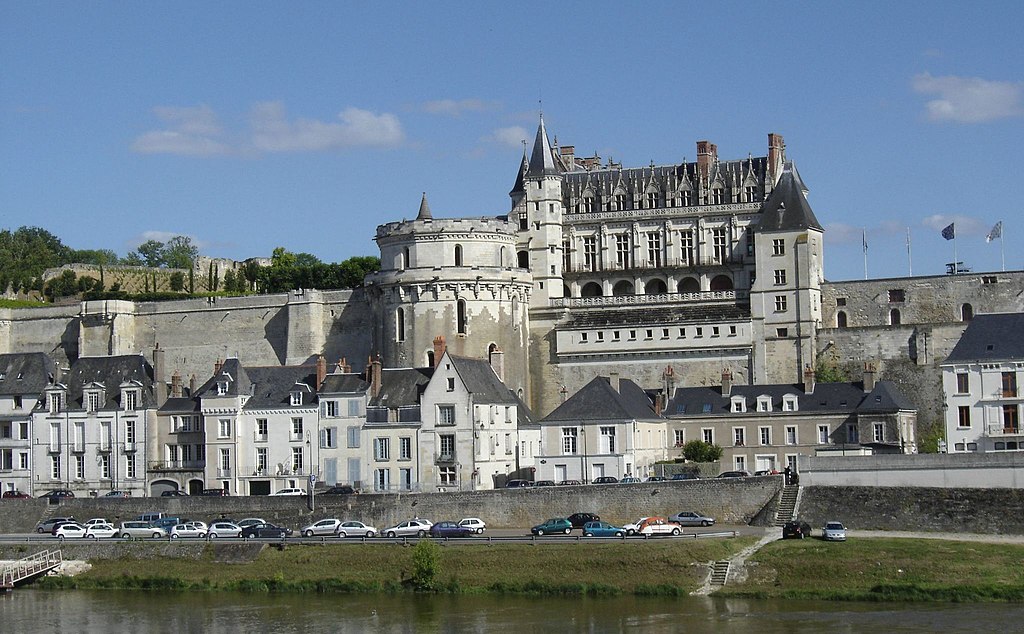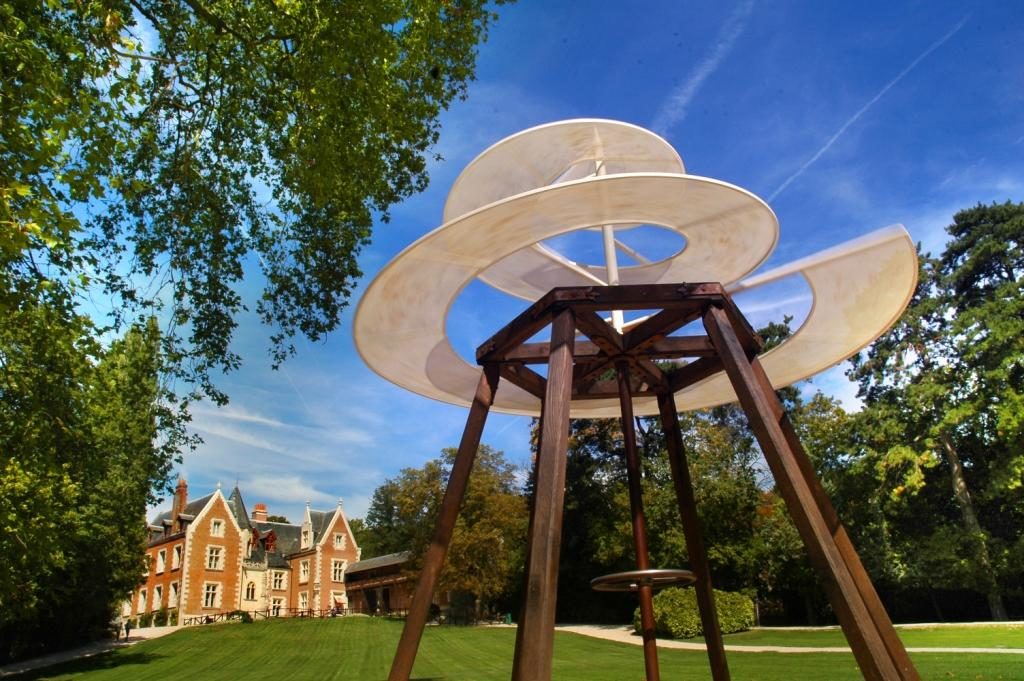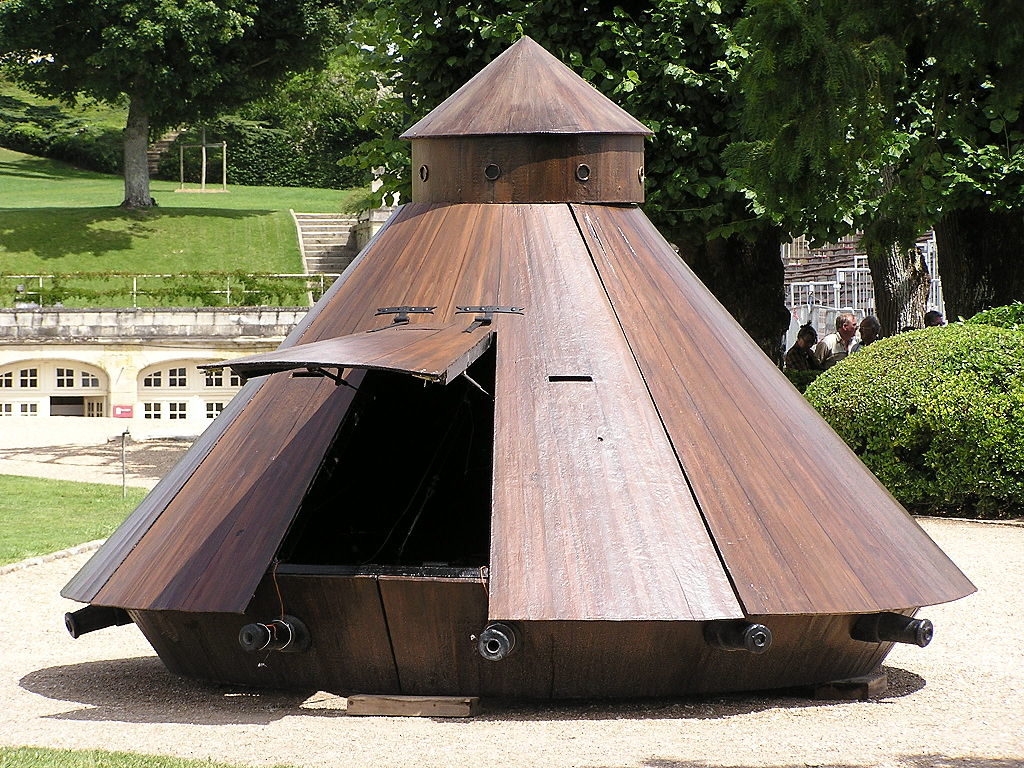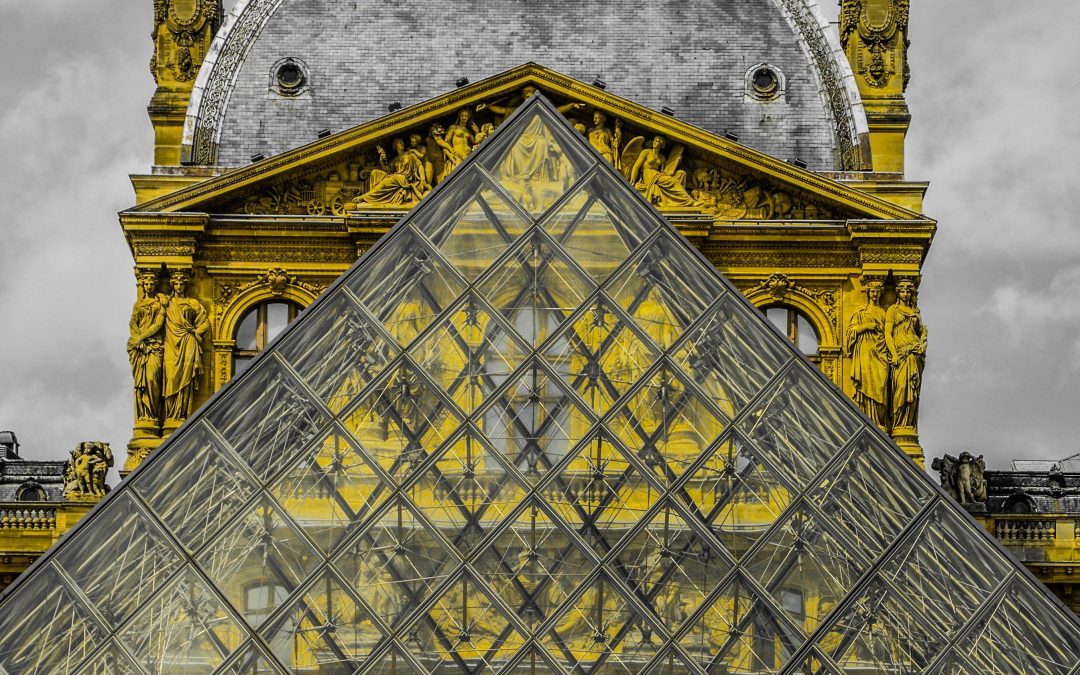
How did the Mona Lisa Get to France? In Leonardo da Vinci’s Luggage!
Around the globe, celebrations are marking the 500th anniversary of Leonardo da Vinci’s death. Leonardo, from the town of Vinci, hence “da Vinci,” is the Italian Renaissance master who is probably the best known painter, architect, sculptor, engineer, …. in the world. He was born in 1452 – forty years before Columbus “discovered” America!
On the 500th anniversary of Leonardo’s death, Amboise, a small town on the Loire River, deserves a little recognition. It is here, after all, at the Close Lucé manor house, where Leonardo died in 1519. It is a special place in the history of art and plays an important role in the French Renaissance.

The Close Lucé, final home of Leonardo da Vinci and temporary home of the Mona Lisa.
Why Was Leonardo at Amboise?
For at least four reasons.
- Because in 1516, François I, the king of France, had his court at the Château d’Amboise. The castle is located in a prime position to protect the realm of the crown and had also been the location for the French court for several kings before François I.
- Along with having his court at Amboise and importantly for lovers of art, François I is known as the French Renaissance patron king. He not only loved arts and literature, but he promoted these as primary goals in French culture.
- Leonardo’s commissions in Italy had been completed and he was left with no patronage. Remember he was not selling his paintings for hundreds of millions of euros at that time! And, he was eclipsed by Raphael and Michaelangelo in terms of favor with the current regimes.
- Upon learning of the master’s availability, François I and Louise de Savoie invite Leonardo da Vinci to the French court at the Château d’Amboise.
Leonardo accepts the invitation. He leaves Italy and travels for two months to eventually reach Amboise. What is significant for art lovers is that he brings three important paintings with him: St. John the Baptist, The Virgin and Child with Saint Anne, and …. the Mona Lisa. (It is nearly impossible to think of the 64 year old riding a mule and toting those incredible paintings across the Alps and through the countryside!)
At Clos Lucé
When Leonardo finally arrives, François I names him, “Premier Painter, Engineer and Architect of the King.” As patron, the king provides the master with a stipend as well as dignified lodging in the Clos Lucé manor house. Here, da Vinci lives the last few years of his life, living and working in the beautiful Loire Valley. In 1519, Leonardo dies in his bedroom at Clos Lucé. Then, he is buried at the Chapel of St. Florentin. During the Revolution, the chapel was practically destroyed, and the alleged remains of Leonardo are moved to the Chapel of Saint Hubert. Today, a marble slab marks this as Leonardo’s tomb, although questions remain as to who is buried in Leonardo’s tomb.
Today, visitors can visit the house where Leonardo lived and work. In these rooms Leonardo designed elements for a castle, including a double helix staircase. Such a staircase can be found an hour away at the Château de Chambord. The rooms have been recreated with period furnishings as well as multimedia presentations about his life and work in Clos Lucé.
Down in the basement, you can see three dimensional animations and 40 models of designs by Leonardo. And, out in the garden around the house, you will find a sculpture garden of sorts. It features more models of designs by Leonardo including the assault chariot, double span bridge, tank, and multi-barreled gun.
RIP Leonardo.

Model of a tank designed by Leonardo da Vinci on the grounds of Close Lucé.
Details
Amboise is one hour away from Paris by TGV and two hours by car. At Clos Lucé, see Leonardo’s bedroom, studio and other rooms in the manor house.
Clos Lucé
Address: 2, rue du Clos Lucé, 37400 Amboise, France
Official website: http://www.vinci-closluce.com/en
Have a meal at:
Hôtel restaurant Le Clos d’Amboise
Address: 27, Rue Rabelais, 37400 Amboise, France
Official website: http://www.leclosdamboise.com/en/restaurant
Visit the court château of François I:
Château Royal d’Amboise
Official website: https://www.chateau-amboise.com/n/en/
One hour away is Chambord
Also celebrating “half-millennium” since the construction began in 1519 under the instruction of François I.
Official website: https://www.chambord.org/en/
Want to know more about Leonardo?
Read a biography of Leonardo:
Leonardo da Vinci
by Walter Isaacson
Special note when visiting the Louvre: Although the Mona Lisa is mobbed with visitors wanting to see her, several other masterpieces by Leonardo are just outside the Mona Lisa’s dedicated room. Most people walk by without noticing them on the way to see the most famous painting in the world. This is understandable since there are so many masterpieces on the walls there. But, if you love Leonardo, take your time in the Grand Gallery and get up close and admire his talents.

